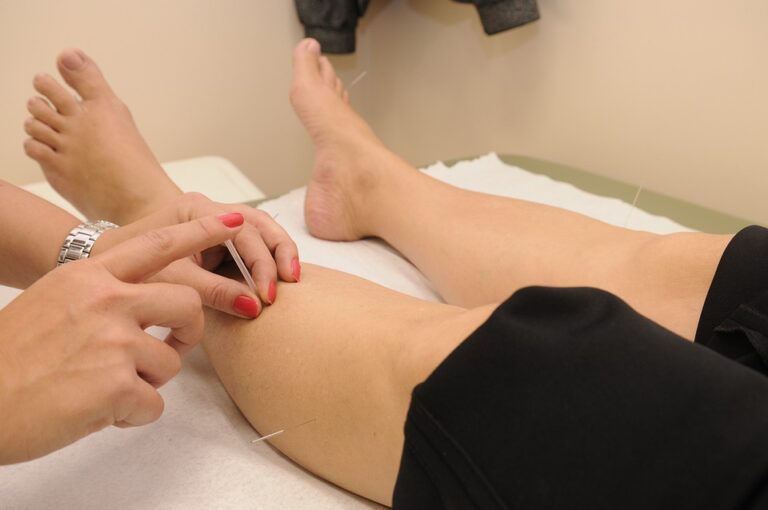Book Appointment Now

Needs Analysis for Change in Nursing
In today’s rapidly evolving healthcare landscape, change in nursing has become a critical necessity to ensure the delivery of safe, efficient, and high-quality patient care. The first step toward implementing effective change is conducting a thorough needs analysis. A needs analysis is the systematic process of identifying gaps between current conditions and desired outcomes. It helps healthcare organizations and nursing leaders understand where improvements are necessary, prioritize initiatives, and develop tailored strategies. This essay explores the importance of needs analysis for change in nursing, the process of conducting one, key challenges, and strategies for successful implementation.
Count on our nursing experts to deliver 100% custom paper about needs analysis for change in nursing
Write my nursing essay
Importance of Needs Analysis in Nursing Change
Healthcare systems are dynamic and influenced by factors such as technological advancements, evolving patient expectations, regulatory demands, and emerging evidence-based practices. Without a needs assessment in healthcare, organizations risk implementing changes that are misaligned with actual clinical requirements, staff capabilities, or patient needs. Conducting a needs analysis ensures that change is data-driven and focused on areas where it will have the most significant impact (Harrison et al., 2021).
Moreover, a needs analysis fosters stakeholder engagement from the beginning. Involving nurses, patients, and administrators in the process builds trust, enhances communication, and increases the likelihood of successful change adoption. It is also crucial for minimizing resistance, a common barrier in nursing change management (Melnyk et al., 2018).
Also read:
- DHA 713 Integrating Theory and Research Needs Assessment
- HE 007 Community Health Needs Assessment Presentation
The Process of Conducting a Needs Analysis
A comprehensive needs analysis typically follows several key steps:
1. Define the Purpose of Change
Before beginning data collection, it is critical to clearly articulate why change is needed. Is the goal to improve patient outcomes? Enhance nurse satisfaction? Reduce errors? By specifying objectives, nursing leaders can guide the scope of the needs analysis and ensure relevant data is gathered.
2. Collect Data
Both qualitative and quantitative data are essential. Data sources may include incident reports, patient satisfaction surveys, nurse feedback, audit results, and benchmarking against best practices. Focus groups and interviews allow for a deeper understanding of frontline experiences and perceptions (Whitehead & Irvine, 2019).
3. Identify Gaps
Analyzing the collected data reveals discrepancies between current practice and desired standards. For example, if infection rates are higher than benchmarks, this suggests a need for change in infection control protocols.
4. Prioritize Needs
Not all identified gaps will carry equal weight. Nursing leaders must prioritize based on factors such as patient safety, legal compliance, financial impact, and staff well-being. Tools like SWOT analysis (Strengths, Weaknesses, Opportunities, Threats) can aid in decision-making.
5. Recommend Interventions
Based on the prioritized needs, specific interventions or changes can be proposed. These should align with best evidence and organizational capabilities.
6. Develop an Implementation Plan
Lastly, a detailed plan for introducing the changes should be developed. This includes timelines, responsible parties, resources needed, and evaluation metrics.
Challenges in Conducting Needs Analysis
Despite its importance, conducting a needs analysis is not without challenges.
Resistance from Staff
Resistance to change is a well-documented phenomenon in healthcare. Nurses may fear the unknown, feel overloaded with existing responsibilities, or lack trust in leadership. Without proper engagement and communication, needs analysis efforts may be met with skepticism (Shah & Ghulam, 2022).
Limited Resources
Conducting a thorough needs analysis requires time, personnel, and sometimes financial resources. In busy healthcare environments, carving out time for such initiatives can be difficult, leading to superficial assessments.
Data Availability and Quality
Reliable data is critical for an accurate needs analysis. However, incomplete records, biased survey responses, or lack of standardized reporting can hinder the process.
Strategies for Successful Change Implementation Following Needs Analysis
Once a needs analysis has been conducted, translating its findings into action demands careful planning and leadership. Check out Change Management and Management Styles
Engage Nursing Staff Early
Involving nurses from the outset fosters ownership and minimizes resistance. Staff should be informed not just about what changes are being made, but why they are necessary based on the needs analysis (McSherry & Pearce, 2016).
Provide Training and Support
Addressing identified gaps often requires upskilling staff. Whether it is through workshops, mentorship, or online courses, continuous professional development is vital for equipping nurses to adapt successfully.
Foster a Culture of Continuous Improvement
Change should not be seen as a one-off event but part of an ongoing commitment to excellence. Organizations must encourage feedback, celebrate small wins, and remain flexible to adjust strategies based on real-world experiences.
Monitor and Evaluate Outcomes
Post-implementation evaluation ensures that the change has the desired impact. Metrics should be revisited regularly, and lessons learned should inform future initiatives (Melnyk et al., 2018).
Real-World Example: Implementing Evidence-Based Practice
A common application of needs analysis in nursing is the promotion of evidence-based practice (EBP). Suppose a hospital notices a high incidence of pressure ulcers. Conducting a needs analysis may reveal inadequate staff knowledge about prevention strategies, inconsistent use of pressure-relieving devices, and poor documentation practices.
Based on these findings, the hospital might implement a multi-faceted intervention: staff education sessions on skin integrity, policy updates mandating regular repositioning, and introduction of a standardized documentation tool. Ongoing monitoring would track pressure ulcer rates to evaluate success and tweak interventions as needed (Stevens, 2013).
Needs analysis for change in nursing is a foundational step toward successful, sustainable improvements in healthcare. It ensures that changes are not based on assumptions but on actual clinical realities and evidence. By systematically identifying and prioritizing areas for improvement, nursing leaders can foster a culture of proactive, data-driven practice that ultimately benefits patients, staff, and organizations alike. To be truly effective, needs analysis must be coupled with strong leadership, staff engagement, adequate resources, and continuous evaluation. In a profession where change is constant, mastering the art and science of needs analysis is not just beneficial—it is essential.
Also read: Explore the concept of change management and how it is relevant to the role of the nurse informaticist.
References
Harrison, L., Davison, J., Tee, S., & Deacon, L. (2021). Needs assessment in healthcare: A practical guide for nursing leaders. Nursing Management, 28(4), 32–38. https://doi.org/10.7748/nm.2021.e1993
Melnyk, B. M., Fineout-Overholt, E., Gallagher-Ford, L., & Stillwell, S. B. (2018). Evidence-based practice: Step by step: The seven steps of evidence-based practice. American Journal of Nursing, 118(2), 58–61.
McSherry, R., & Pearce, P. (2016). Clinical governance: A guide to implementation for healthcare professionals. John Wiley & Sons.
Shah, M., & Ghulam, S. (2022). Resistance to change in nursing practice: A barrier to effective quality improvement. Journal of Nursing Management, 30(7), 1598–1604. https://doi.org/10.1111/jonm.13476
Stevens, K. R. (2013). The impact of evidence-based practice in nursing and the next big ideas. Online Journal of Issues in Nursing, 18(2), Manuscript 4.
Whitehead, D., & Irvine, F. (2019). A systematic overview of needs assessment methodologies in health care. Journal of Research in Nursing, 24(1–2), 5–16. https://doi.org/10.1177/1744987118807285




